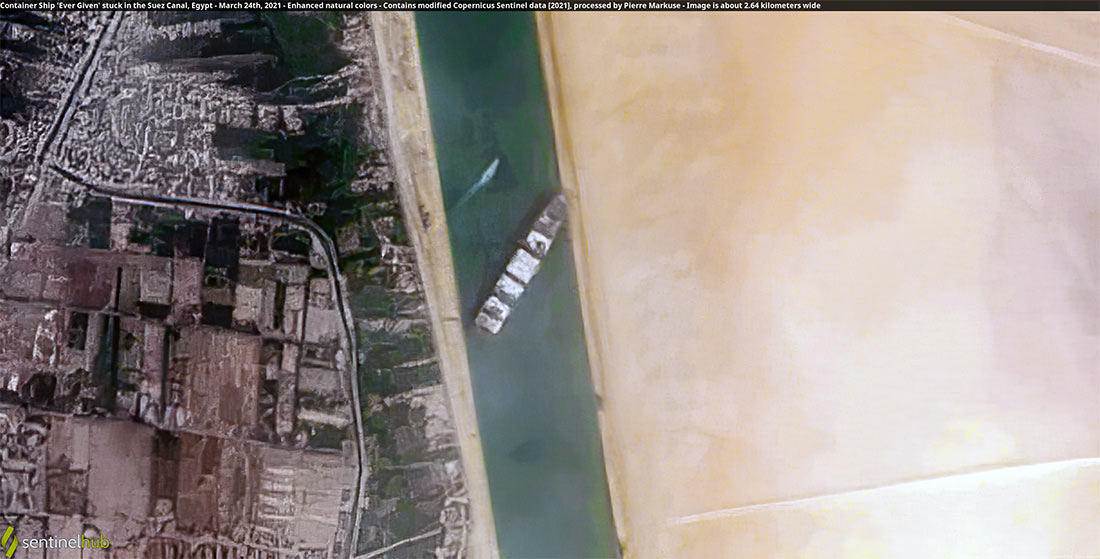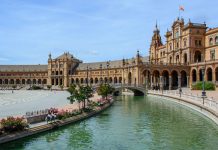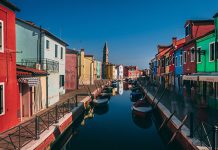Modern Suez Canal is the last of several artificial waterways that once ran through Egypt. The earliest canal connecting the Red Sea and the Nile River may have been constructed by the Egyptian Pharaoh Senusret III around 1850 BC. Besides, according to ancient sources, Pharaoh Necho II and the Persian conqueror Darius the Great started and then stopped working on a similar project. Presumably, the construction of the first canal was completed in the 3rd century BC during the Ptolemaic dynasty, and many historical figures, including Cleopatra, could have traveled along it as well. Instead of modern direct communication, this ancient Canal of the Pharaohs, also called the Ancient Suez Canal, ran through the desert to the Nile River, which was then used to reach the Mediterranean Sea. We have collected some facts about the Suez Canal that will help you better know this engineering structure.
Facts about the Suez Canal:
- French diplomat Ferdinand de Lesseps obtained a license to build the Suez Canal from the Viceroy of Egypt (which was a suspended province of the Ottoman Empire) in the 1850s.
- Construction was started in 1859 and the company’s shares were sold mainly to French buyers.

Tropenmuseum, part of the National Museum of World Cultures, via Wikimedia Commons (CC BY-SA 3.0)
- The British government was strongly opposed to its construction. Since Lesseps’ idea received the support of the French Emperor Napoleon III, many British statesmen viewed its construction as a political scheme invented to destabilize their dominance in world shipping.
- About one and a half million people worked on the construction. Thousands of them died from cholera and other diseases that quickly spread among workers, many of whom were called up for military service.
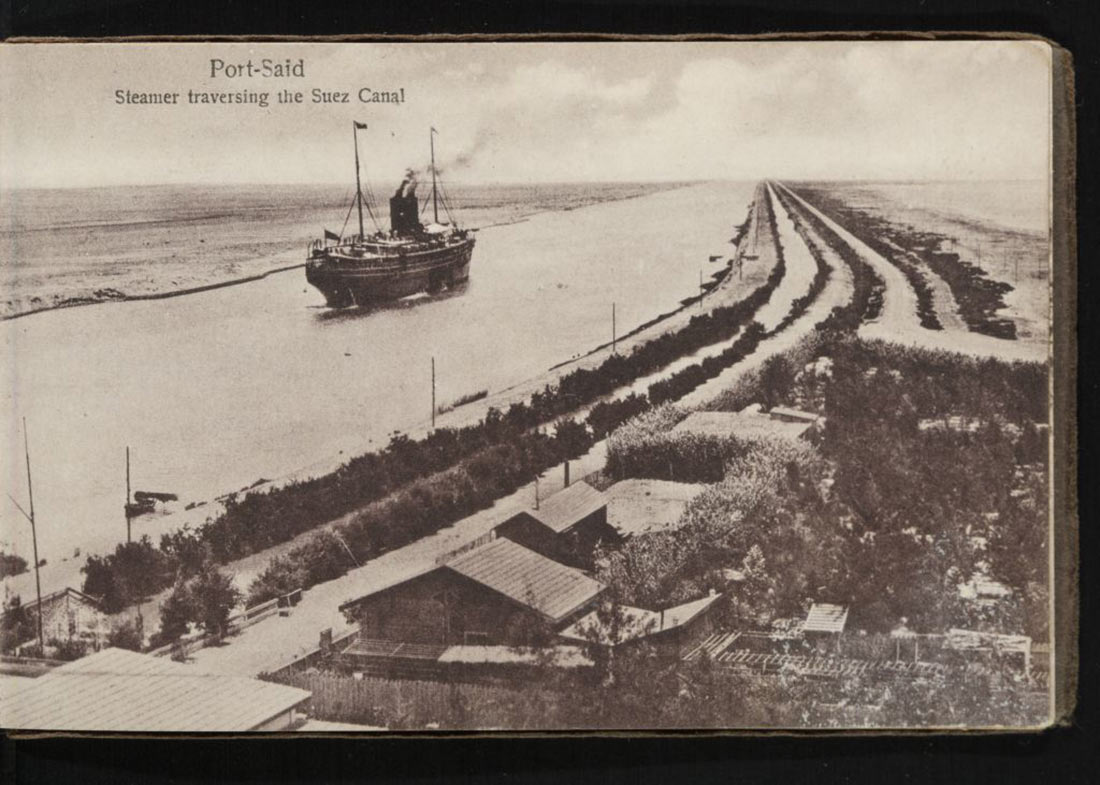
- The Suez Canal is actually the first shipping route that directly connected the Mediterranean Sea with the Red Sea.
- It was opened for navigation on November 17, 1869.
- The Suez Canal contributed to the colonization of Africa. Between 1881 and 1914, countries such as France, Great Britain, Portugal, Italy, Spain and Belgium invaded African territory. Partition and colonization of these territories followed immediately.
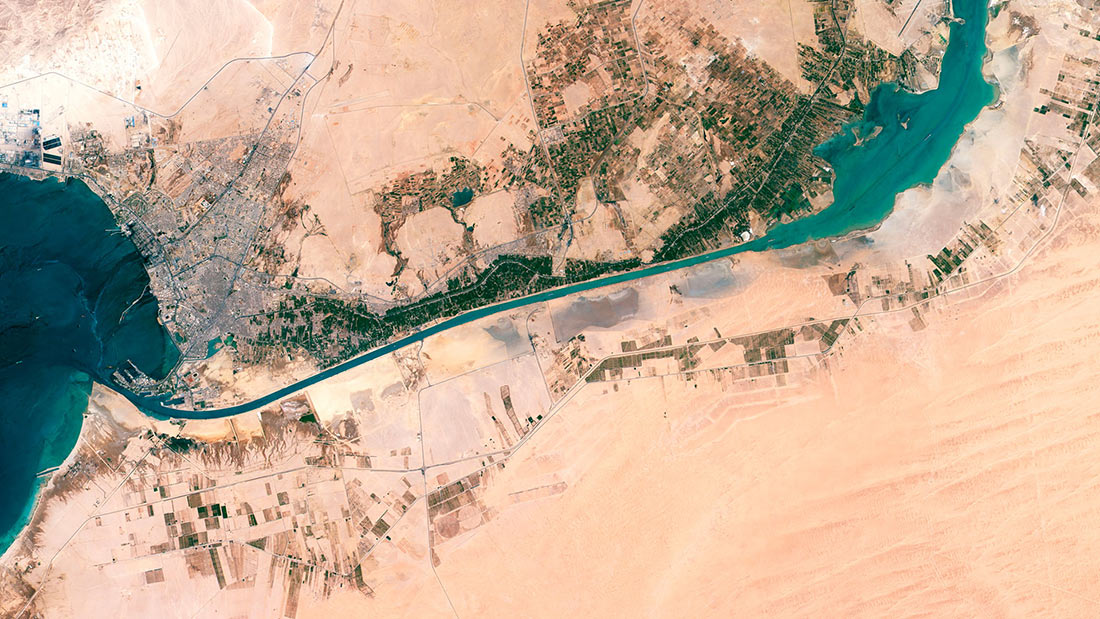
- During the Six-Day War between Egypt and Israel in June 1967, the Suez Canal was closed by the Egyptian government and blocked on both sides by mines and sunken ships. At the time of the closure, 15 international cargo ships were trapped in the middle of the canal near Great Bitter Lake. They will remain in the water for eight years, and will eventually receive the nickname “Yellow Fleet” due to the desert sands that cover their decks.

- For many years, the width and depth of the canal was not sufficient to provide the two-way traffic of modern tankers. In August 2014, the Suez Canal Authority announced an ambitious plan to expand the canal and create a new branch off the main one. In 2015, the canal was opened for business.
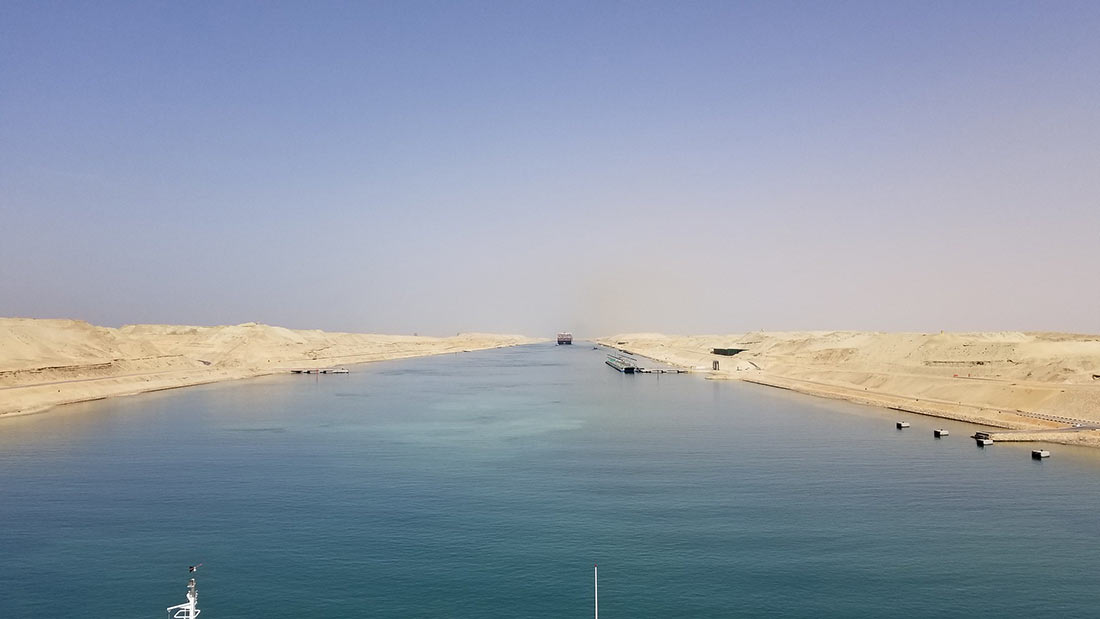
- On March 23, 2021, the giant container ship MV Ever Given, en route from China to the Netherlands, got stuck in one of the narrow sections of the canal, blocking all the traffic. More than 200 ships were stuck on both sides of the canal, instantly affecting global trading.
